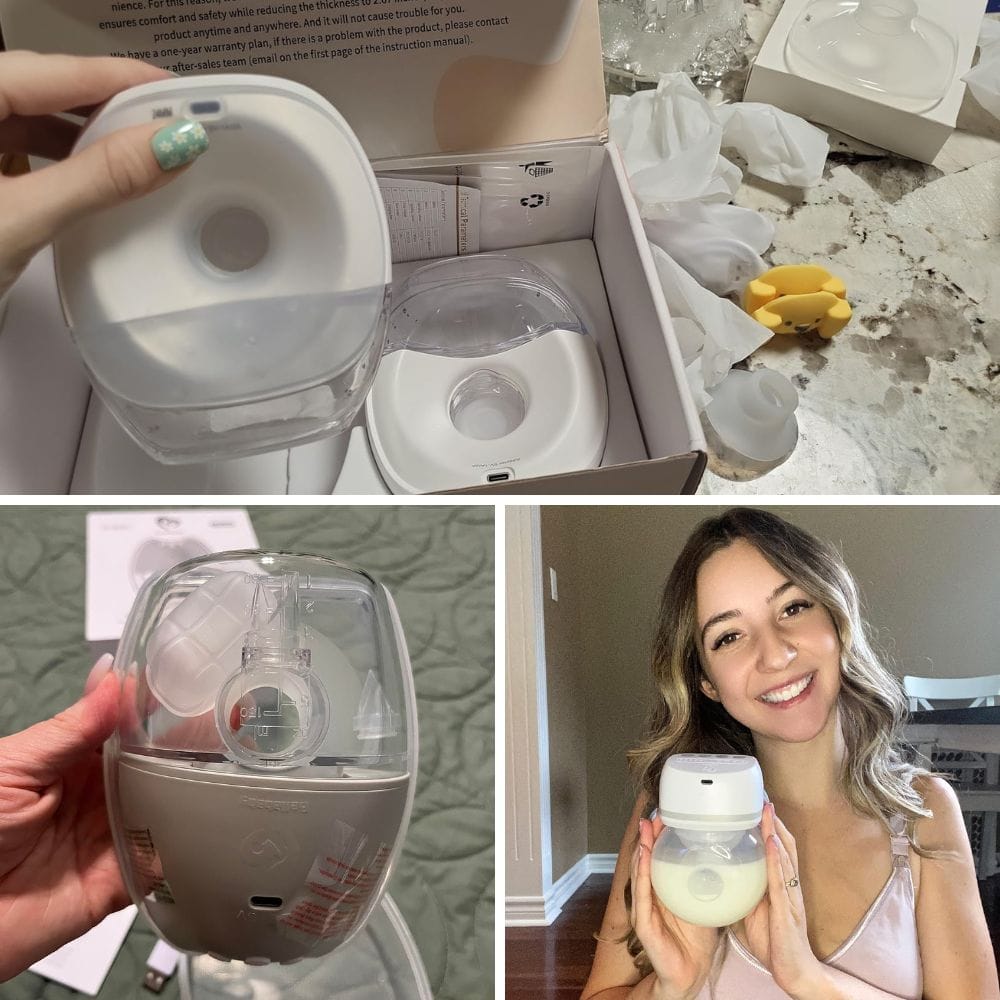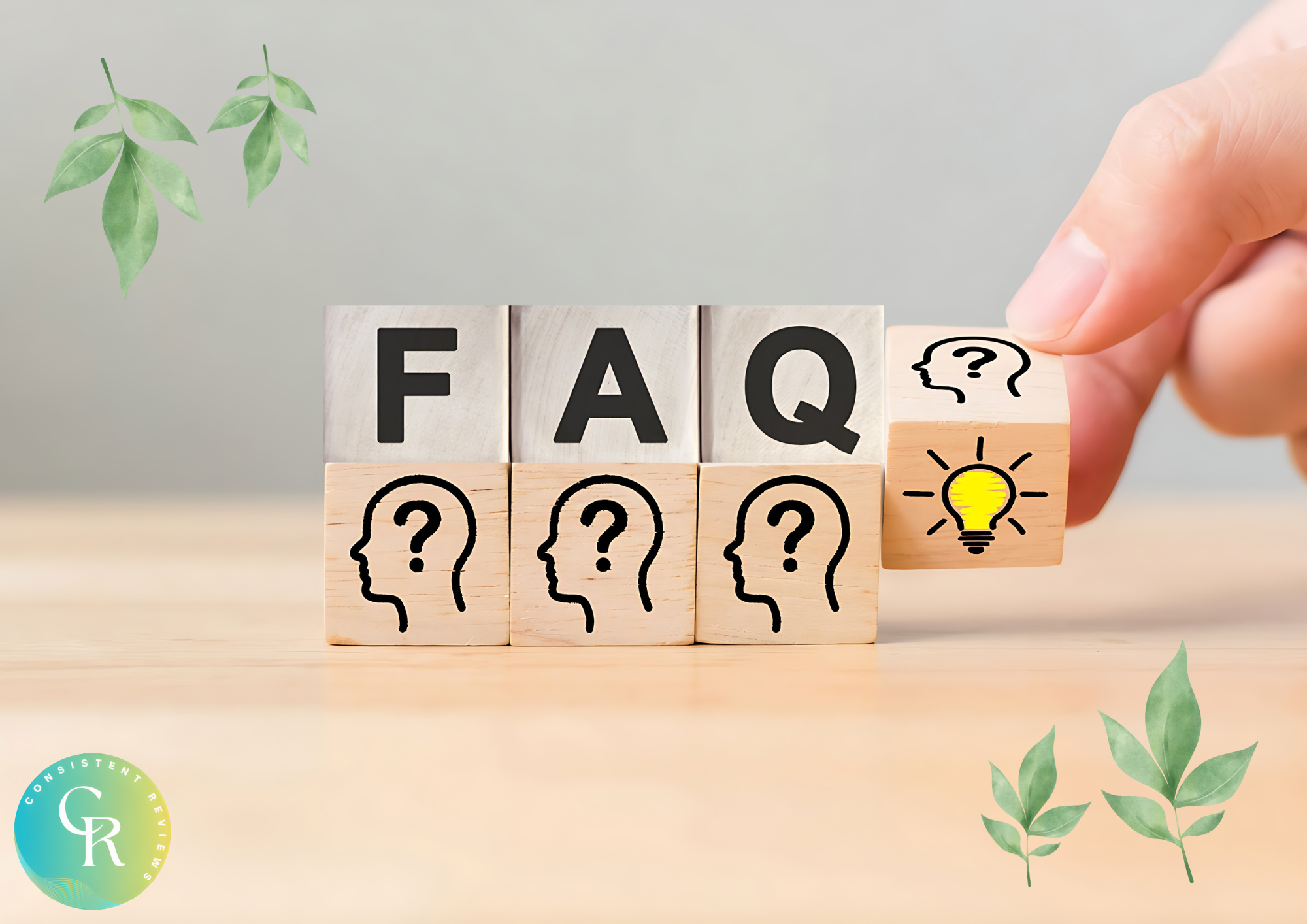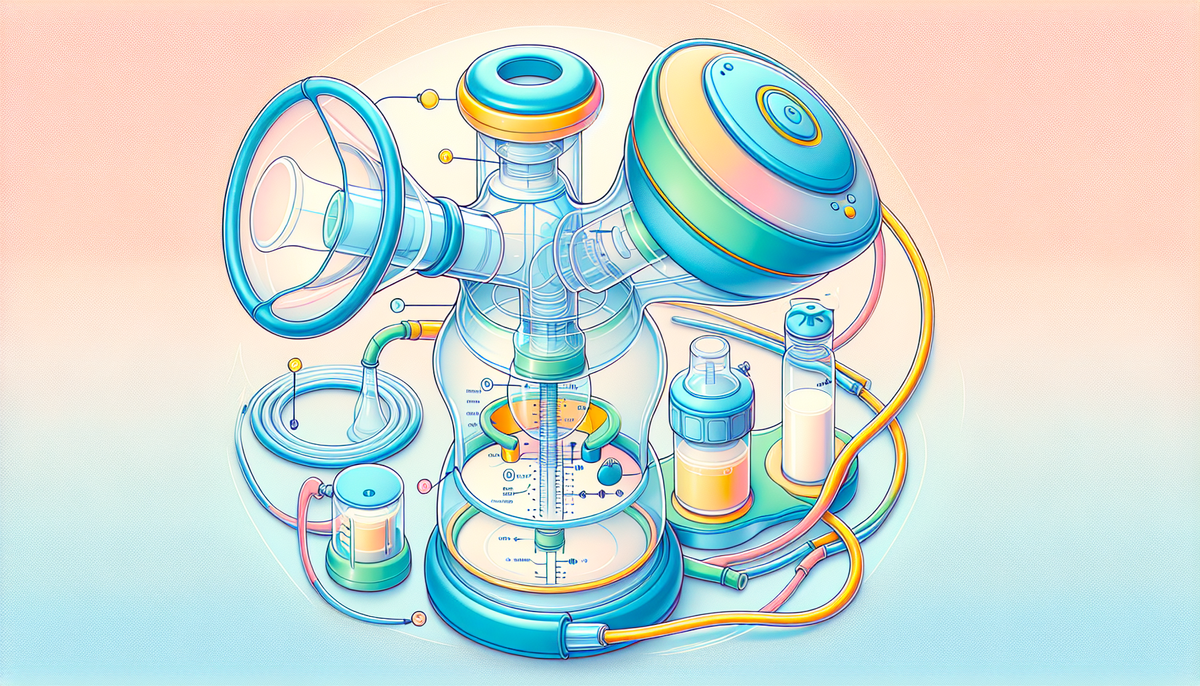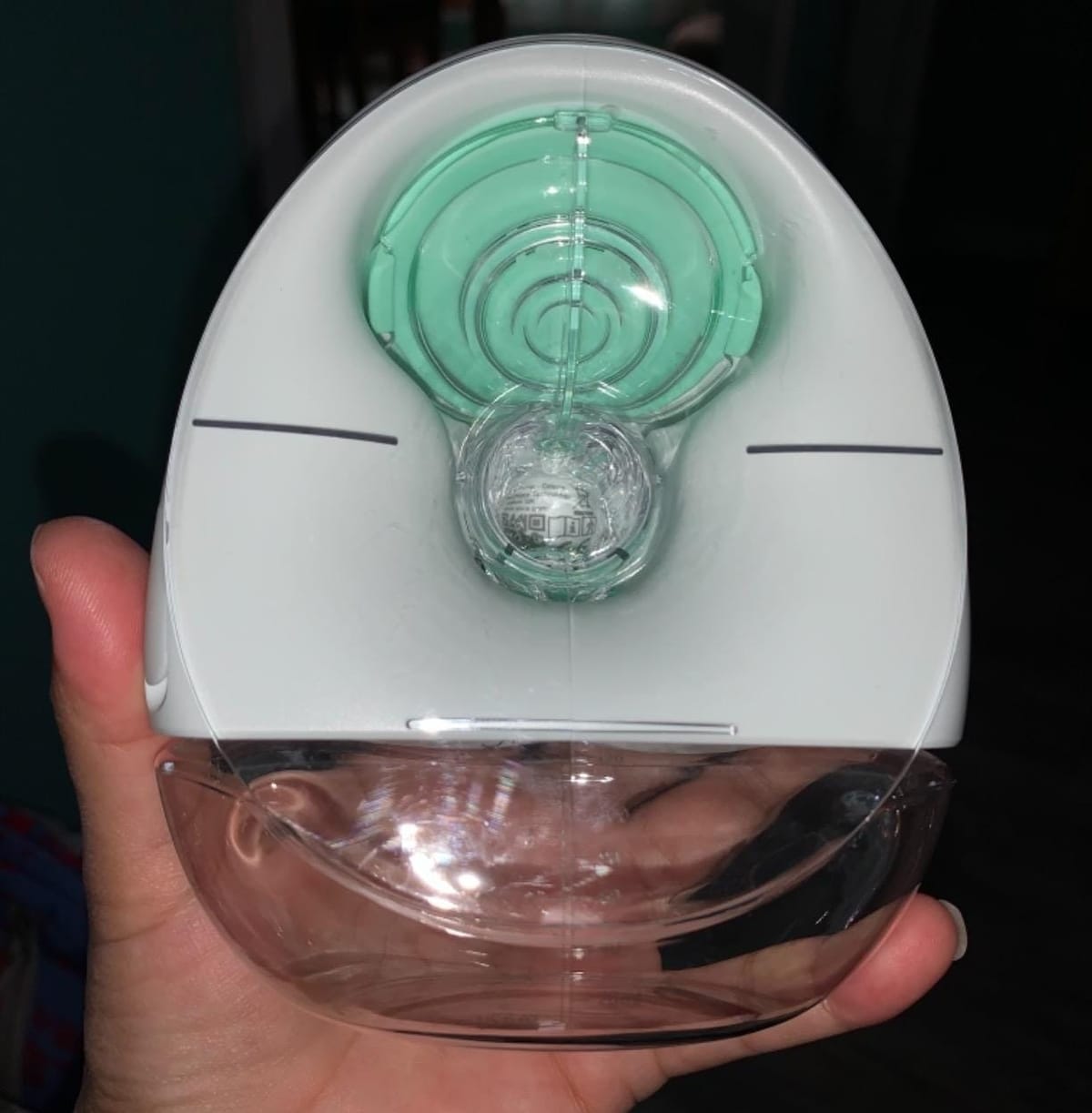Key Takeaways:
- Medicaid often covers breast pumps, but the specifics can vary by state and individual plans.
- A prescription from a doctor is typically required to qualify for a breast pump through Medicaid.
- Coverage may include both manual and electric breast pumps, as well as breast milk storage bags and other accessories.
Understanding Medicaid Breast Pump Coverage
Medicaid is a state and federal program that offers health coverage to millions of Americans, including low-income families, pregnant women, and children. One common question among new and expectant mothers is, “Does Medicaid cover breast pumps?” The answer is generally yes, but the details can vary significantly depending on the state and the specific Medicaid plan.
In many states, Medicaid covers the cost of a breast pump if it is deemed a medical necessity. This typically requires a prescription from a healthcare provider. The type of breast pump covered can also vary; some plans may cover manual breast pumps, while others may provide electric breast pumps. It’s essential to verify the specifics of your Medicaid plan to understand what insurance coverage is provided.
Types of Breast Pumps Covered by Medicaid
Medicaid coverage for breast pumps can include both manual and electric options. Manual breast pumps are typically less expensive and may be covered more readily. These pumps require manual effort to express milk, which can be time-consuming but effective for occasional use. Some states may only offer a manual breast pump under Medicaid coverage, highlighting the variability in benefits.
Electric breast pumps, on the other hand, are more efficient and easier to use, making them a popular choice for many moms. These pumps can be more expensive, but many Medicaid plans cover them if they are deemed medically necessary. Some plans may also cover breast pump rentals, which can be a cost-effective option for short-term use.
How to Qualify for a Breast Pump Through Medicaid
To qualify for a breast pump through Medicaid, you will typically need a prescription from your doctor. This prescription should state that a breast pump is medically necessary for you and your baby. In most cases, Medicaid will cover the cost of the pump if you meet the eligibility criteria.
The process of obtaining a breast pump through Medicaid can vary by state and plan. Some states may require you to order the pump through a specific supplier, while others may allow you to purchase the pump and submit a claim for reimbursement. It’s important to contact your Medicaid plan and insurance provider to understand the specific process and requirements.
Additional Benefits and Accessories Covered
In addition to breast pumps, many Medicaid plans also cover accessories such as breast milk storage bags and replacement parts. These accessories can be essential for maintaining your breast pump and ensuring a steady supply of breast milk for your baby.
Some Medicaid plans may also cover breastfeeding support services, such as consultations with lactation consultants. These services can provide valuable guidance and support for new moms, helping them to establish and maintain a successful breastfeeding routine. It’s important to check with your health plan to understand what additional benefits and services are covered, particularly in relation to Medicaid coverage for breast pump replacements and additional equipment.
The Role of the Affordable Care Act
The Affordable Care Act (ACA) has played a significant role in expanding access to breast pumps and breastfeeding support services. Under the ACA, most insurance plans, including Medicaid, are required to cover the cost of a breast pump and breastfeeding support services without cost-sharing.
This means that eligible moms can receive a free pump and access to breastfeeding support services through their insurance plan. The ACA has helped to make breastfeeding more accessible and affordable for many families, ensuring that moms have the resources they need to provide the best possible care for their babies.
Verifying Your Medicaid Coverage
Before you can receive a breast pump through Medicaid, it's important to verify your coverage and understand the specific requirements of your plan. This may involve contacting your Medicaid provider or reviewing your plan documents to determine what is covered and what steps you need to take to obtain a breast pump.
In many cases, you will need to provide a prescription from your doctor and may need to order the pump through a specific supplier. It's also important to understand any limitations or restrictions on coverage, such as the type of pump covered or the duration of coverage for a rental pump. By verifying your coverage and understanding the requirements, you can ensure a smooth and efficient process for obtaining a breast pump through Medicaid.
The Process of Obtaining a Breast Pump
The process of obtaining a breast pump through Medicaid can vary depending on your state and specific plan. In general, you will need to follow these steps:
- Obtain a prescription from your doctor stating that a breast pump is medically necessary.
- Verify your Medicaid coverage to understand what is covered and any specific requirements.
- Order the breast pump through a designated supplier or submit a claim for reimbursement if allowed by your plan.
When selecting the best breast pump, consider factors such as usage frequency, portability, and suction power to find the most suitable option based on your individual needs and lifestyle.
By following these steps and working closely with your healthcare provider and Medicaid plan, you can ensure that you receive the breast pump and accessories you need to support your breastfeeding journey.


Does Medicaid cover all types of breast pumps?
Medicaid coverage for breast pumps can vary by state and plan. Some plans may cover manual breast pumps, while others may provide electric breast pumps. Additionally, many breast pump brands offer their warranties, ensuring that mothers have access to necessary components even if Medicaid does not cover them. It’s important to verify your specific Medicaid plan to understand what types of breast pumps are covered.
Do I need a prescription to get a breast pump through Medicaid?
Yes, in most cases, you will need a prescription from your doctor stating that a breast pump is medically necessary. This prescription is typically required to qualify for coverage through Medicaid.
Are breast pump accessories covered by Medicaid?
Many Medicaid plans also cover accessories such as breast milk storage bags and replacement parts. It's important to check with your specific Medicaid plan to understand what accessories are covered and any requirements for obtaining them.

Medicaid often covers the cost of breast pumps for eligible moms, but the specifics can vary by state and plan. To qualify, you will typically need a prescription from your doctor stating that a breast pump is medically necessary. Coverage may include both manual and electric breast pumps, as well as accessories such as breast milk storage bags and replacement parts. The Affordable Care Act has helped to expand access to breast pumps and breastfeeding support services, making it easier for moms to provide the best possible care for their babies. By verifying your Medicaid coverage and understanding the specific requirements of your plan, you can ensure a smooth and efficient process for obtaining a breast pump. Additionally, understanding the warranties and replacement parts offered by various breast pump brands is crucial, as these might not be covered by Medicaid.










